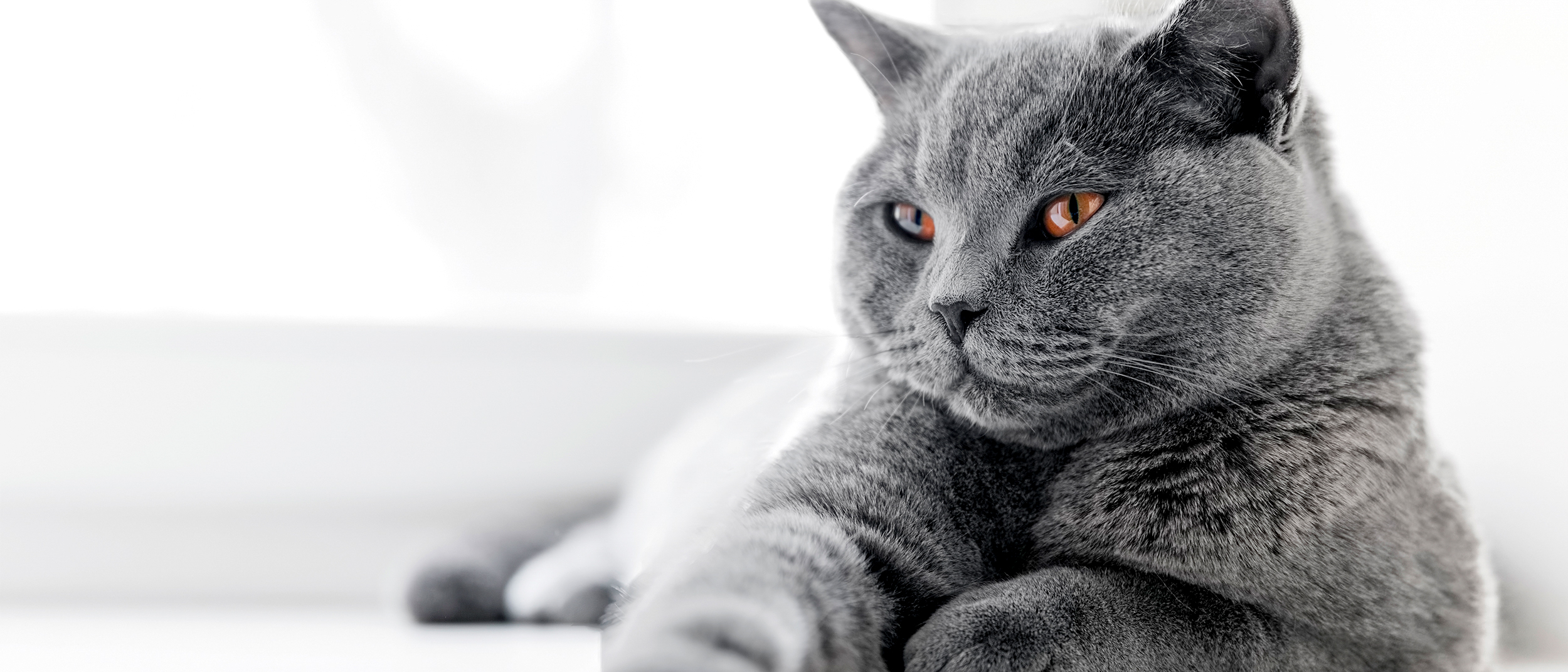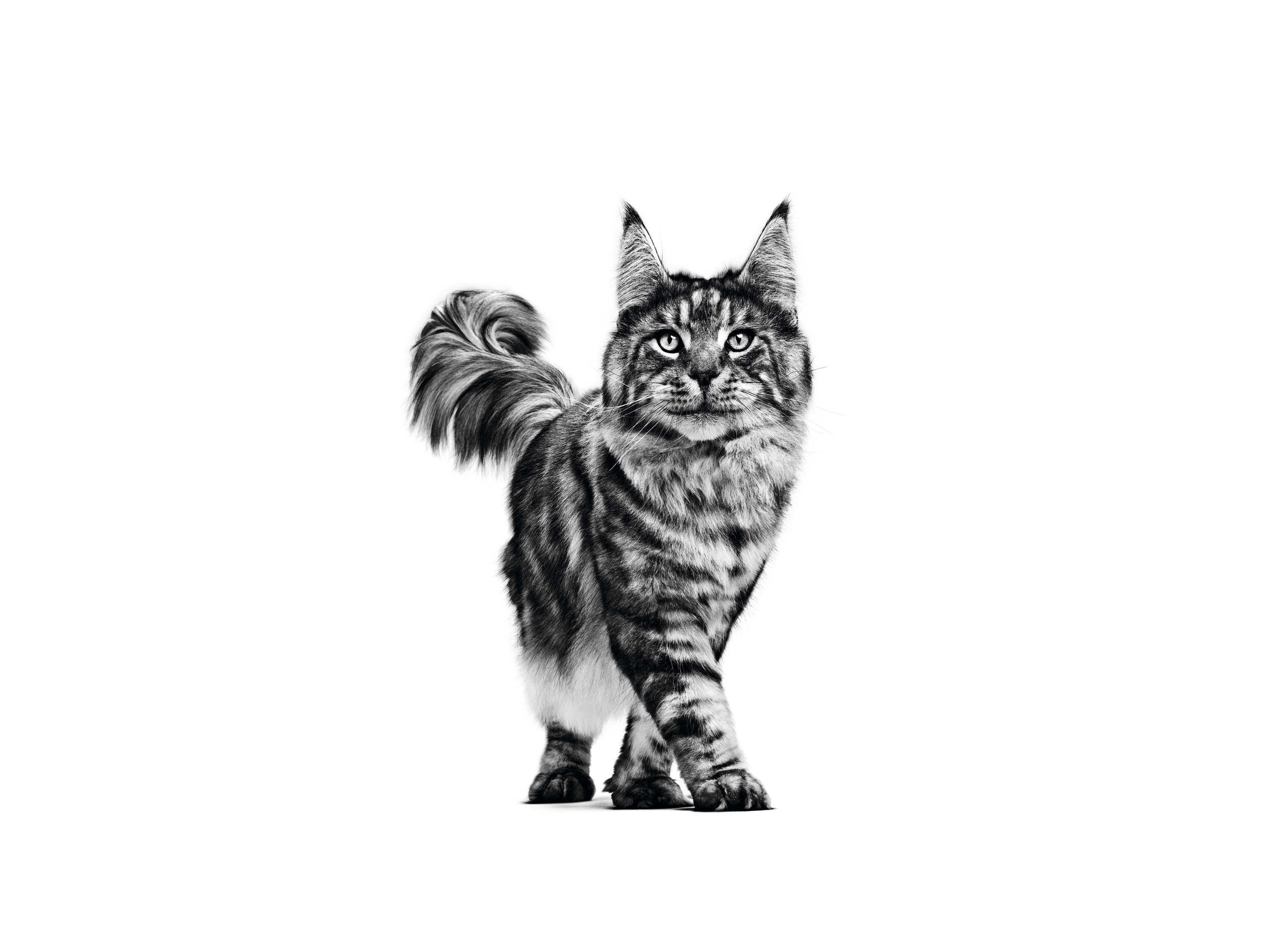Tôi nên chọn mèo thuần chủng hay mèo lai?

Khi chọn một chú mèo mới, bạn nên xem xét một số yếu tố. Một trong số đó là liệu bạn có nên chọn nuôi mèo thuần chủng hay không và điều này có thể tạo ra sự khác biệt gì về nhu cầu cũng như đặc điểm của mèo.
Cách cư xử của một chú mèo phụ thuộc vào sự kết hợp giữa cấu trúc di truyền và những trải nghiệm trong suốt giai đoạn hòa nhập xã hội của mèo. Giai đoạn này khá ngắn đối với mèo con và kết thúc lúc mèo được khoảng tám tuần tuổi. Tuy nhiên, mèo con vẫn tiếp thu những thay đổi về hành vi cho đến khi được khoảng sáu tháng tuổi.
Mèo có phả hệ rõ ràng
Mèo thuần chủng chỉ chiếm một phần nhỏ trong quần thể mèo. Thuật ngữ “phả hệ” thường chỉ hồ sơ về huyết thống và nguồn gốc của mèo. Một trong các cơ quan đăng ký chính về các giống mèo sẽ đăng ký một phả hệ làm một giống mèo cụ thể, qua đó đảm bảo sự phù hợp với các đặc điểm của giống và dòng dõi của mèo.
Bạn có nên mua một chú mèo thuần chủng hay không?
Không có câu trả lời nên hay không nên, vì quyết định phụ thuộc vào sở thích cá nhân. Một số người thích nhận nuôi mèo từ trạm cứu hộ để vừa làm việc tốt vừa có được niềm vui từ việc nuôi mèo.
Đôi khi, trạm cứu hộ có thể có những chú mèo thuần chủng vì nhiều câu lạc bộ về một giống mèo cũng thực hiện dịch vụ cứu hộ cho những chú mèo vô gia cư thuộc giống mà họ quan tâm.
Những người lai giống thỉnh thoảng cũng tìm kiếm ngôi nhà mới cho những chú mèo đã hết thời gian làm việc, mặc dù vậy, hầu hết những người lai giống muốn giữ lại những chú mèo giống đã hết tuổi làm việc của mình sau khi triệt sản cho chúng.
Việc lựa chọn mèo có phả hệ hoặc không có phả hệ sẽ ảnh hưởng đến nguồn mèo mà bạn có thể tìm đến. Trong khi hầu hết thú cưng thuần chủng được mua từ người lai giống, nguồn gốc của những chú mèo không có phả hệ lại đa dạng hơn. Các nguồn phổ biến nhất là đàn mèo con ngẫu nhiên của bạn bè hay hàng xóm hoặc trạm cứu hộ.
Tại sao nên chọn nuôi mèo thuần chủng?
Một giống được tạo ra bằng cách lai có chọn lọc để tạo lập các đặc điểm thể chất đặc trưng, ví dụ: lông dài, hình dạng đầu và tai hoặc đuôi. Sự lựa chọn này cũng ảnh hưởng đến tính nết và hành vi. Đây là lý do tại sao các đặc điểm tính cách của một giống cụ thể thường được xác định rõ ràng. Tính nết của một chú mèo con được nhận nuôi hoặc giải cứu sẽ khó đoán hơn nhiều và những người yêu mến mèo không thuần chủng sẽ chỉ cho bạn biết đây là một phần làm nên nét quyến rũ của chú mèo. Hầu hết những người yêu thích mèo thuần chủng không chỉ bị thu hút bởi vẻ đẹp của loài vật này mà còn bởi tính cách của chúng.
Ví dụ: Ragdoll được biết đến là một giống mèo thoải mái, trầm tĩnh, thích nghi với ngôi nhà mới một cách điềm tĩnh. Mèo rừng Na Uy có tính cách hòa đồng, là những chú thú cưng tuyệt vời cho trẻ em, trong khi đó, những chú mèo lông ngắn Phương Đông được biết là đòi hỏi chủ nhân dành nhiều thời gian hơn và hình thành sự gắn kết rất bền chặt với mọi người trong nhà. Khi hiểu được đặc điểm và yêu cầu của mỗi giống thuần chủng, bạn sẽ chọn được chú mèo phù hợp nhất với mong muốn của mình.
Ngày nay, mèo Ragdoll, mèo Maine Coon và mèo Bengal có vẻ đang cực kỳ phổ biến. Những năm gần đây đã chứng kiến sự bùng nổ của những giống mèo mới với các đặc điểm thể chất rất độc đáo, chẳng hạn như mèo Sphynx không lông, mèo Rex lông xoăn, mềm và mèo Manx không đuôi.
Bạn nên chọn một giống mèo có vẻ ngoài hấp dẫn với bạn, nhưng quan trọng hơn là tính khí và hành vi của giống mèo đó cần phải phù hợp với bạn. Để tìm hiểu thêm về đặc điểm và nhu cầu đặc thù của các giống mèo, bạn hãy truy cập vào công cụ tìm kiếm giống của chúng tôi hoặc tham dự một buổi triển lãm mèo và trò chuyện với những người lai giống.

Tại sao nên chọn nuôi mèo lai?
Khi một giống mèo được tạo ra, chỉ những cá thể mèo mang những đặc điểm về thể chất và tính cách cần thiết được giữ lại cho mục đích sinh sản. Nếu chỉ một vài cá thể có đặc điểm này, nguồn gen có thể bị giảm mạnh.
Vì có rất ít cá thể đạt chuẩn, điều đáng tiếc là cần mức độ giao phối cận huyết để đảm bảo các đặc tính mong muốn. Quá trình này có thể làm tăng nguy cơ tạo ra các vấn đề về di truyền. Tuy nhiên, các xét nghiệm về di truyền đang trở nên phổ biến rộng khắp hơn. Các xét nghiệm này có thể sàng lọc các rối loạn di truyền liên quan đến giống loài có thể xảy ra nhằm giúp người lai giống tránh gặp những bệnh này ở mèo. Hầu hết các tổ chức về mèo đều khuyến khích cách gây giống có trách nhiệm, tuân theo phương pháp thực hành tốt về chọn lọc và hạn chế nhiều giao phối cận huyết.
Một vài người lai giống đề cao một số đặc điểm hình thái đến mức cực đoan. Đặc điểm hình thái đó là "siêu kiểu". Ví dụ: đầu của giống mèo Xiêm và mèo phương Đông ngày càng dài, trong khi đó mặt của giống mèo Ba Tư và mèo Exotic thì ngày càng dẹt. Những đặc điểm phóng đại về cấu tạo này là hậu quả liên quan đến giải phẫu và sinh lý, đồng thời có thể là nguồn gốc của các vấn đề về sức khỏe.
Ở những con mèo không có nguồn gốc rõ ràng và mèo lai, nguồn gen lớn hơn nhiều. Đồng thời, cơ hội phát triển các tình trạng về di truyền này cũng có thể thấp hơn đáng kể.
Giới tính có tạo ra sự khác biệt ở các giống thuần chủng hoặc giống lai không?
Câu hỏi quan trọng là liệu có sự khác biệt dễ nhận thấy về hành vi cũng như tính cách giữa mèo đực và mèo cái hay không.
Sự khác biệt về giới tính ít được chú ý hơn đối với mèo giống thuần chủng. Ở giống mèo thuần chủng, tính khí là một phần của đặc điểm về giống, giúp bạn dễ chọn giống có tính cách thích phù hợp nhất với sở thích và lối sống của bạn.
Với những con mèo không có nguồn gốc rõ ràng, có tính cách khó đoán hơn, người ta thường cho rằng mèo đực lạnh lùng hơn, kiên nhẫn hơn và sẽ đi xa hơn trong khi đó mèo cái thích ở gần nhà hơn. Mặt khác, người ta cũng nói rằng con cái có thể chiếm ưu thế hơn trong nhà. Đôi khi, điều này khiến mèo cái khó chung sống với các loài động vật khác.
Dù vậy, nhiều sự khác biệt về hành vi xuất hiện ở giai đoạn dậy thì (ví dụ như đánh dấu nước tiểu ở mèo đực hoặc động dục ở mèo cái) thường sẽ mất dần sau quá trình triệt sản.
Dù chọn mèo lai hay mèo thuần chủng, bạn cần nhớ rằng mỗi chú mèo là mỗi cá thể nên tính cách hay nhu cầu sống của chúng có thể khác nhau. Hãy trao đổi với người lai giống hoặc trung tâm nhận nuôi mèo vì họ là đối tượng hiểu rõ tính cách của từng chú mèo. Họ cũng có thể giúp bạn xác định chú mèo phù hợp nhất với cuộc sống của bạn cũng như với bất kỳ yêu cầu nào bạn có thể có.
Tìm hiểu thêm về các giống mèo

Thích và chia sẻ trang này